
Learn more about design patterns, like the factory method pattern, the singleton pattern, and the builder pattern you can start using in your code right now.

Choosing a WYSIWYG editor is key to empowering your users. Learn about Milkdown, a new option, and how it compares to trusted competitors.
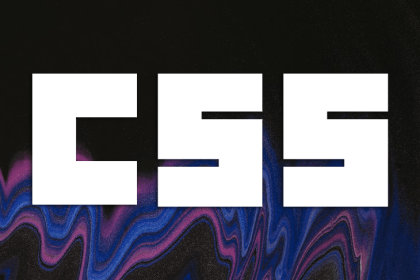
Explore minifying and bundling CSS using the Lightning CSS library, which uses plugging to integrate with other bundling applications.
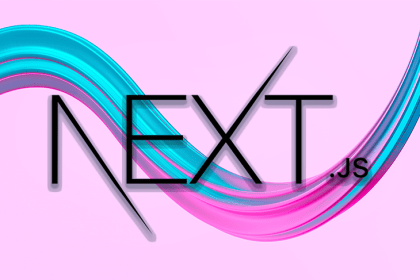
Learn how to use Next.js Router events to create a progress bar indicator and then customize the loader with styling and animation.
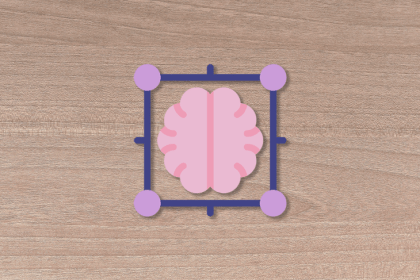
Lessons learned are insights and knowledge gained from experiences, both positive and negative, that you can use to improve future performance.
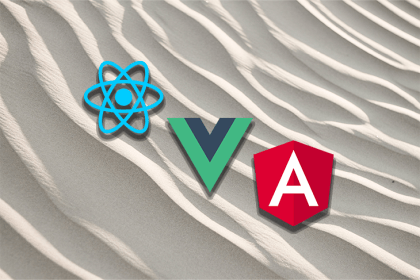
We give available options for creating ARIA-live regions and demonstrate tools for creating ARIA-live regions in React, Angular, and Vue.js.
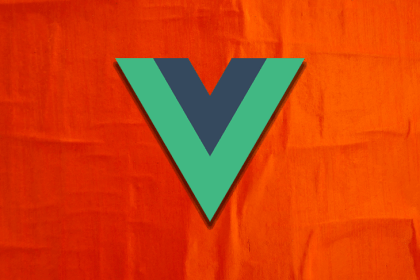
We discuss server-side rendering, its advantages and disadvantages, and demonstrate how to incorporate SSR into a preexisting Vue 3 project.
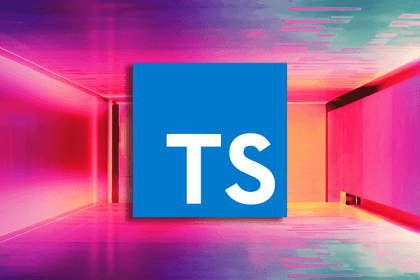
Learn how to build a simple full-stack application with React and Node.js and see how the process can be improved with Turborepo.
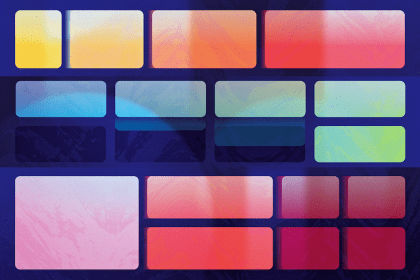
Let’s explore how to use the Animate CSS Grid package to animate and create smoother transitions for our grid.
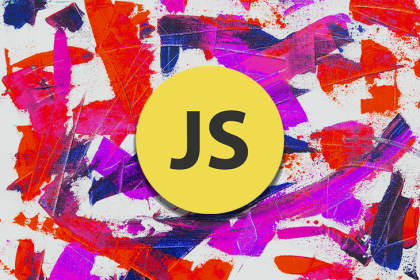
We take a deep dive into Riot.js, compare it to the native Web Components API, and demonstrate how to use Riot.js to build a simple SPA.
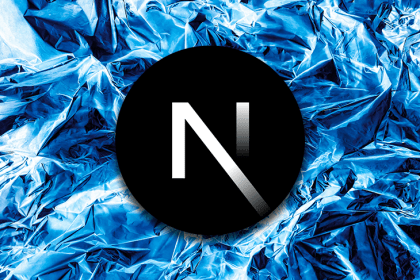
Learn how creating an application with Next.js, Tailwind, and Storybook allows you to leverage the benefits of component-driven development.
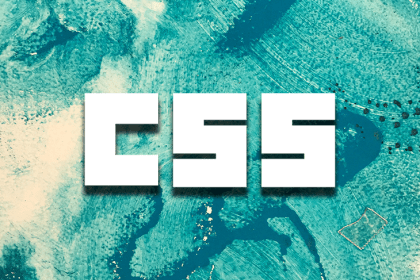
Primer.css helps keep styles consistent. In this article, we will learn about Primer.css, how to use it, and what it takes from BEM.